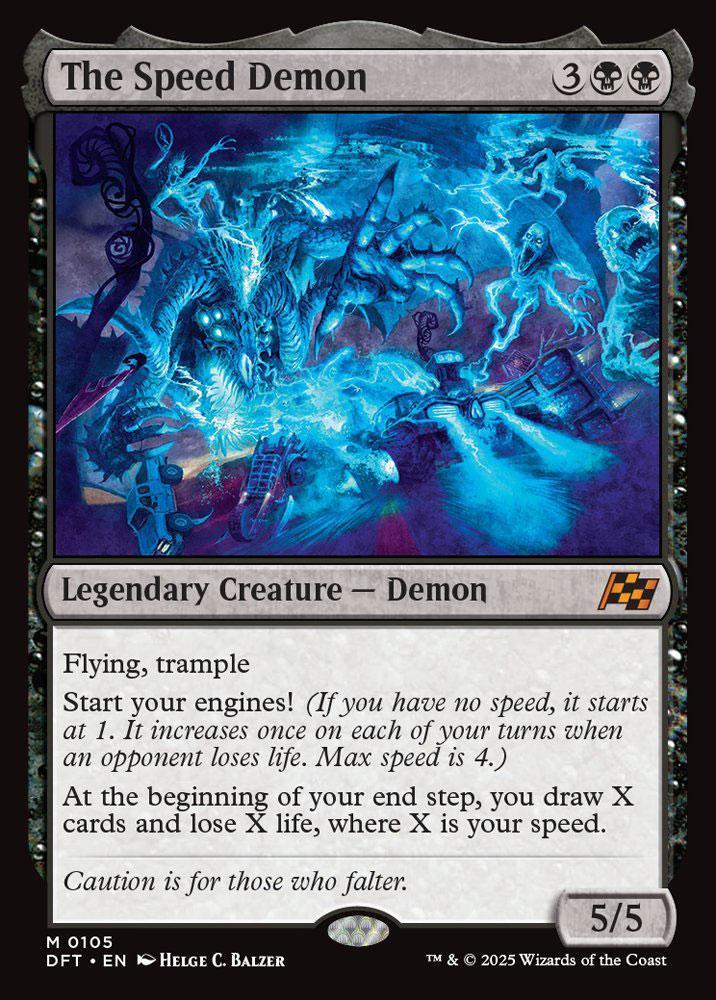PGA Tour’s New Initiative to Address Slow Play
In an effort to confront the ongoing challenge of slow play in professional golf, the PGA Tour is preparing to launch a groundbreaking initiative that will spotlight both the fastest and slowest players on its roster. Despite previous attempts to improve pace, including the use of distance-measuring devices at select tournaments, skepticism remains regarding whether publicly identifying players based on their speed will yield meaningful results. This initiative aims not onyl to enhance fan engagement but also raises critically important discussions about accountability and player conduct within the sport.
Overview of the PGA Tour’s Strategy for Improving Pace
The PGA Tour is set to implement a new strategy focused on addressing concerns related to slow play during competitions. As part of this plan, they will publicly announce which players are consistently fast or slow each season. This transparency aims to encourage golfers to be more conscious about their pace in response to fan feedback advocating for a more dynamic viewing experience.
- Performance Monitoring: Players’ times will be recorded during rounds with metrics assessing both speed and efficiency.
- Engaging Fans: The initiative encourages fans by allowing them access to performance data on their favorite golfers, thereby increasing interest in pace-related statistics.
- Accountability Measures: Players who frequently lag behind may face consequences that could limit their participation in future events.
The PGA Tour also plans policy revisions aimed at improving overall tournament flow while ensuring adherence to established time standards among players. With these heightened expectations, it remains uncertain whether these measures will effectively enhance play speed or simply add another layer of scrutiny for professional golfers.
Categorizing Fastest and Slowest Players
This new initiative seeks not only clarity but also accountability by distinguishing between fast and slow players within the tour. In light of growing concerns over prolonged rounds—a topic frequently discussed among fans—the hope is that publicizing this data will motivate players towards quicker gameplay.
The reaction from players has been mixed; some believe that naming slower competitors could create undue pressure while others argue it might lead them toward improvement. Given fans’ frequent complaints about lengthy rounds, there’s an evident need for change.
| Status of Players | Potential Outcomes |
|---|---|
| Fastest Players | Might gain recognition for efficiency and earn admiration from fans. |
| Slowest Players | Could face increased scrutiny which may either inspire change or heighten stress levels. |
The Impact on Golfing Experience: An Assessment
This initiative aims at raising awareness regarding pace issues—an area frequently enough criticized by both spectators and participants alike. by highlighting which golfers maintain momentum versus those who prolong rounds unnecessarily, there’s potential pressure placed upon slower individuals.
However, whether this tactic translates into real changes remains questionable as many tournaments already exceed five hours per round—leading spectators toward frustration rather than enjoyment.
The goal here is twofold: promote faster gameplay while enhancing viewer satisfaction—which can positively influence broadcast ratings as well as attendance figures at live events.
Naming slower performers might push them towards improvement; however it does not guarantee widespread behavioral changes across all competitors.
To truly foster a quicker game environment alongside public acknowledgment strategies like stricter penalties must be considered if significant progress is desired.
Additional recommendations include:
- Implementing stricter time limits for individual shots .
- Increasing monitoring efforts by officials during rounds .
- Enforcing penalties against consistent offenders throughout seasons .
Suggestions for Enhancing Game Speed
A variety of actionable suggestions have emerged aimed specifically at addressing concerns surrounding slow play within professional golf circles:
Educating athletes on effective course management practices can significantly minimize delays .
This includes encouraging readiness when it’s one’s turn , thus reducing indecision-induced holdups .
Moreover , fostering better dialogue between caddies & athletes could streamline decision-making processes out there .Establishing clear time guidelines per hole serves as useful benchmarks , keeping everyone mindful about pacing themselves effectively.
Players should adhere closely while being held accountable through official oversight mechanisms ; creating cultures emphasizing timely management fosters engaging experiences overall .
an interactive leaderboard showcasing fastest vs slowest participants would act motivationally too ! Public recognition encourages competition amongst peers leading ultimately towards smoother tournament experiences ! Additionally leveraging social media platforms enhances awareness around pacing issues urging all involved parties consider impacts they have upon viewing experiences collectively!
/* Add your CSS styles here */
body { font-family : Arial , sans-serif ; line-height : 1.6 ; margin : 20px ; }
h1 { color : #333 ; }
ul { list-style-type : disc ; margin-left : 20px ; }
table { width : 100% ; border-collapse : collapse; margin-top:20px;}
table th , table td { border: 1px solid #ddd; padding:8px;text-align:left;}
img{ max-width:100%; height:auto;}
footer{ font-size:.9em;color:#666;}
/* End CSS styles */
“`
Speed Demons adn Slowpokes: Will the PGA Tour’s New Rankings Boost Pace of Play?
Meta Title
Speed Demons and Slowpokes: PGA Tour’s new Rankings Impact on Pace of Play
Meta Description
Explore how the PGA Tour’s new rankings could enhance pace of play.Learn about strategies for speeding up gameplay, the role of player duty, and insights from recent PGA Tour discussions.
Changing the Game: The New Rankings System
The PGA Tour recently introduced a new rankings system aimed at addressing slow play,which has been a persistent issue affecting both players and fans. This system seeks to classify players based on their pace of play,categorizing them as speed demons or slowpokes.
What Does This Mean?
- Speed Demons: Players scoring high in this new ranking prioritize quick gameplay, contributing to a smoother tournament experience.
- Slowpokes: These players are noted for taking longer than average for their shots, possibly causing delays during rounds.
By making this data public, fans and fellow competitors can better understand the pace at which each player operates.
The Need for speed: Why Pace of Play Matters
Pace of play is crucial for several reasons:
- Fan Engagement: Long delays can lead to decreased viewer enjoyment and lower attendance at events.
- Player Performance: Maintaining a steady pace helps players focus better without long intervals that can disrupt their momentum.
- Tournament Fluidity: Efficient play allows tournaments to stay on schedule, ensuring that all planned events can take place without delay.
Key Features of the New Rankings System
The new rankings system will primarily focus on various metrics, which can provide insights into player performance and habits:
Metrics Considered
- Average Time per Stroke: Calculated over the course of multiple rounds.
- comparative Analysis: How a player’s time measures against the tour average.
- Player Responsiveness: Engagement with timekeeping, including adherence to pace of play guidelines.
Implementation Challenges
While the introduction of this system may improve pace, there are challenges:
- Subjectivity: Differentiating between a player’s style and genuine slow play can be complex.
- Pressure: Players might react to ranking changes in unexpected ways, either speeding up or becoming more anxious.
Benefits of a Faster Game
For Players
- Improved Focus: Faster gameplay can lead to heightened concentration.
- Reduced Fatigue: Spending less time waiting can result in a fresher approach to each hole.
For Fans
- Better Viewing Experience: Spectators will enjoy more action with fewer delays.
- Increased Attendance: More fans may choose to attend events where play is brisk.
Practical Tips for Speeding Up Play
While the PGA Tour works on its ranking system, players at all levels can adopt several techniques to enhance their pace during rounds:
- Planning: Have club selections made before it’s your turn to play.
- Walking in Groups: Moving to your next shot when others are putting can reduce downtime.
- Practice Efficiently: Focus on your shot routine during practice to make it second nature during rounds.
Case Studies and Statistics
Recent analyses from PGA Tour events showcase a direct correlation between efficient pace of play and player satisfaction:
| Tournament | Average Time per Round | Player Satisfaction Rating |
|———————|————————|—————————-|
| Masters Tournament | 4 hours 20 minutes | 85% |
| U.S. Open | 4 hours 30 minutes | 78% |
| The Open Championship| 4 hours 22 minutes | 90% |
The data above illustrates that tournaments achieving optimal pace tend to receive better feedback from players and spectators.
First-Hand Experiences of Fast Play
Many professional golfers have shared anecdotes about how a quicker pace impacts their game:
- Rory McIlroy stated that a fast-paced environment keeps him more engaged and less prone to mental fatigue.
- Phil Mickelson mentioned that when rounds move quickly, he feels more energetic and performs better during the later holes.
Future of the PGA Tour: Looking Ahead
The feedback from players regarding the new ranking system and its impacts on pace of play can help the PGA Tour refine its approach. Continued engagement with players and fans will be essential for maintaining the integrity of the game while enhancing the viewing experience.
Expected Changes
- Regular Updates: The rankings can be adjusted based on player performance metrics gathered throughout the season.
- Fan Interaction: The PGA Tour may incorporate fan feedback to further fine-tune the pace of play policies.
as the PGA Tour rolls out its new pace of play ranking system, the outlook appears promising for enhancing both player performance and fan engagement. The integration of these insights may serve not only to benefit the professional game but also inspire amateur golfers to adopt faster play styles, promoting a more dynamic golfing environment globally.
- Increasing monitoring efforts by officials during rounds .






